The Ultimate Content Distribution Guide for 2022 (& A Checklist)

Table of Contents
- What is Content Distribution?
- The Importance Of Content Distribution
- 10 Content Distribution Platforms You Need to Know
- 4 Steps to a Successful Content Distribution Strategy
- Tools to Help You Get Started with Content Distribution 2022
- Must-Dos For A Successful Content Distribution Strategy In 2022
In this content-driven era, it’s easy to get creative. But, channeling that creativity correctly across all platforms can make all the difference in achieving a successful marketing campaign. That’s where understanding what content distribution is and how to strategize for it becomes critical. Learn how to leverage content distribution to optimize your marketing goals in the blog.
What is Content Distribution?
Simply put, content distribution is the process a brand uses to promote a variety of content formats for audiences across different platforms.
Across all marketing platforms, there are three main ways to distribute content:
1. Owned-content distribution channels
Sharing free content on web assets that your brand owns, such as your website and social media profiles, is known as owned-content distribution. Owned content forms a significant part of any marketing strategy as you have complete control over it. It’s essentially the backbone on which your brand image is built over time.
2. Paid-content distribution channels
Paid content refers to sponsored content. You use third parties who’ve built larger online bubbles with a significant market reach or follower base to promote your brand. You can also use PPC (pay-per-click) and banner ads available with popular search engines and social media platforms to improve brand visibility.
3. Earned-content distribution channels
Earned content is fuelled by the organic public engagement that helps you gain popularity online. You aren’t paying for the traction but have “earned” it due to the creativity or virality of your content or even the buzz generated by the quality of your product or service. This channel includes third-party promotions and shares from customers, bloggers, vloggers, and journalists.
The Importance of Content Distribution
Any marketing campaign aims to improve brand visibility and gain quality leads. But did you know that it takes five to seven impressions on average for people to remember your brand? According to Forbes, presenting your brand consistently across platforms can improve revenue by 23%.

You may have heard that creators who post Instagram reels regularly get better visibility. Or, posting blogs consistently helps companies rank on the SERPs faster. Every platform or channel (social media or search engine) encourages more users to spend time on their site, meaning creators, not just users.
Therefore, your brand must retain engagement by creating content consistently across as many channels as possible. Otherwise, you are susceptible to losing leads to your competition, even if the quality of your content and your products or services are far superior.
But, how do you decide which platform or channel to concentrate on more? How to budget ad money for paid content channels? How much to post each day/week/month? Before we get to the nitty-gritty of a solid content distribution strategy for 2022, let’s look at the top ten channels available for content distribution.
10 Content Distribution Platforms You Need To Know
1. Facebook
With roughly 2.91 billion monthly active users around the globe, Facebook is the global giant for social media marketing. More than 200 million businesses use Facebook as their brand outreach strategy. This undoubtedly makes it a powerful platform for garnering leads.
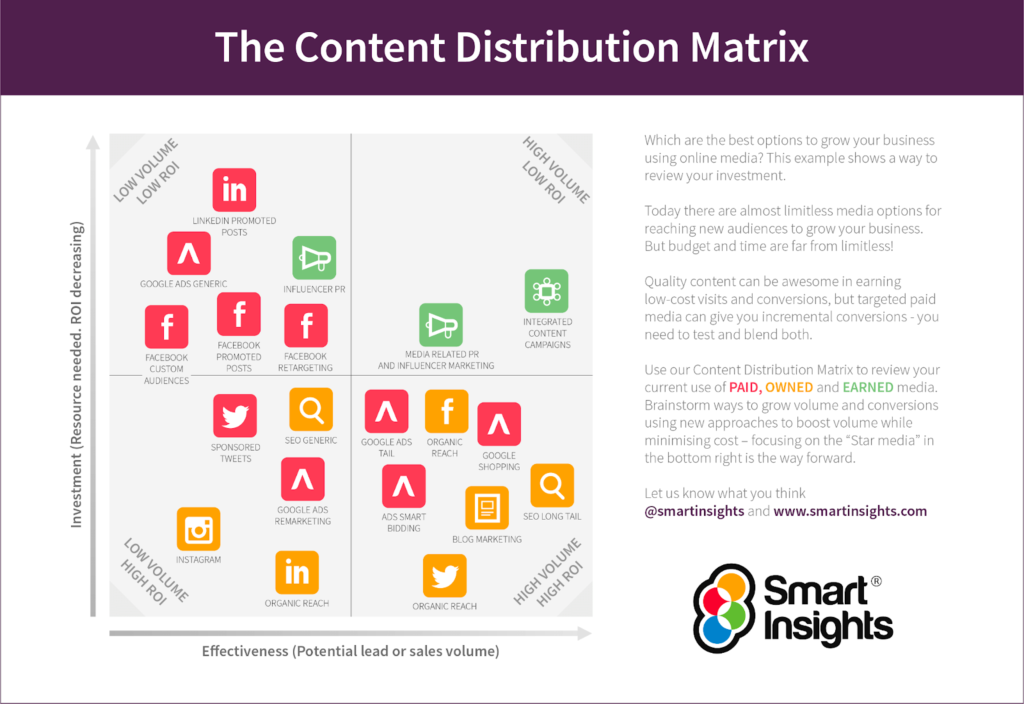
2. Twitter
Launched as a microblogging site, Twitter took the social media world by storm as the go-to place for connecting with celebrities and entrepreneurs. Most entrepreneurs and C-Suites still use Twitter to celebrate company milestones.
Today, though, Twitter is much more widely known as the place to find entertaining, friendly banter between competing brands. Among the most famous are KFC, Burger King, and McDonald’s tweets about each other. This allows brands to show their lighthearted side while letting the creative teams generate virality in non-traditional ways.

3. Instagram
A photo- and video-sharing app owned by Facebook, Instagram is a graphics-friendly platform that lets you create a brand persona within seconds. The app allows users to apply filters quickly, edit photos, create stories, and more. This makes it a popular choice for vloggers and lifestyle influencers.
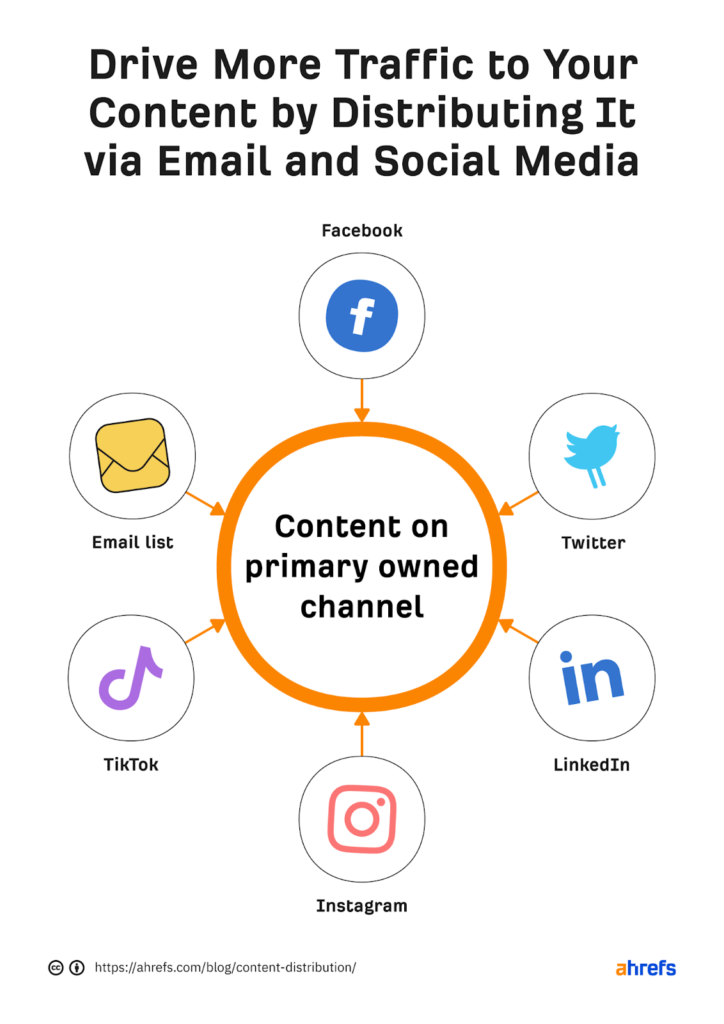
4. LinkedIn
Possibly the first social media platform dedicated to business only, Microsoft’s LinkedIn is the world’s largest professional network with nearly 800 million users. Naturally, LinkedIn is the networking platform for C-Suites and entrepreneurs. With LinkedIn, you can post blogs, articles, company news, and highlights to help promote products and brands.
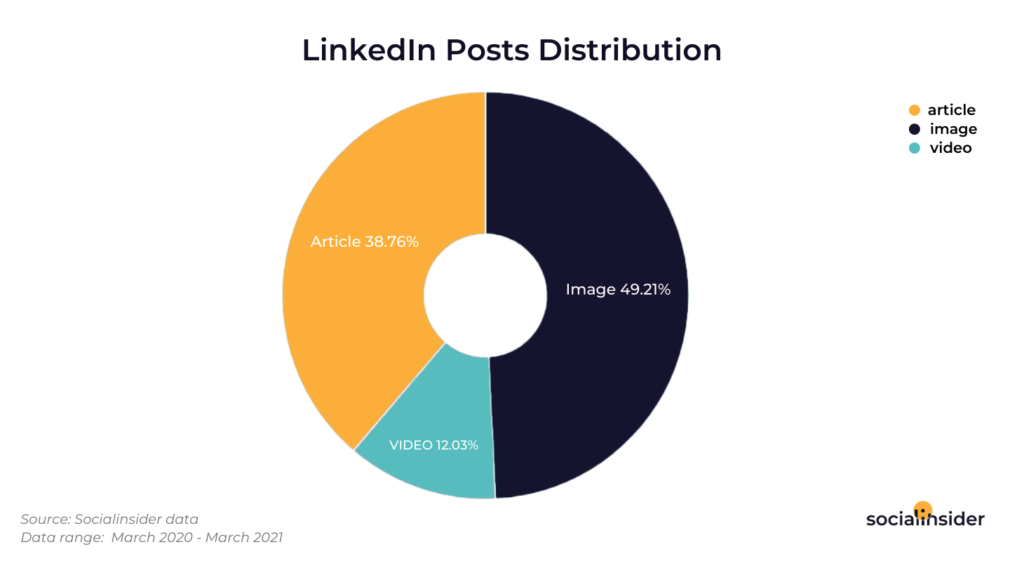
5. YouTube
The go-to place for long-form video content, YouTube is a great place to post informative or entertaining content for your brand. The series of CRED ads is one of the best examples of how YouTube can help you get viral quickly.

6. Web content
Utilizing your digital properties forms a crucial step in gaining the ability to build organic reach quickly. Web content development involves using SEO, UI, and UX strategies to help the crème de la crème among your target group fully engage with your brand.
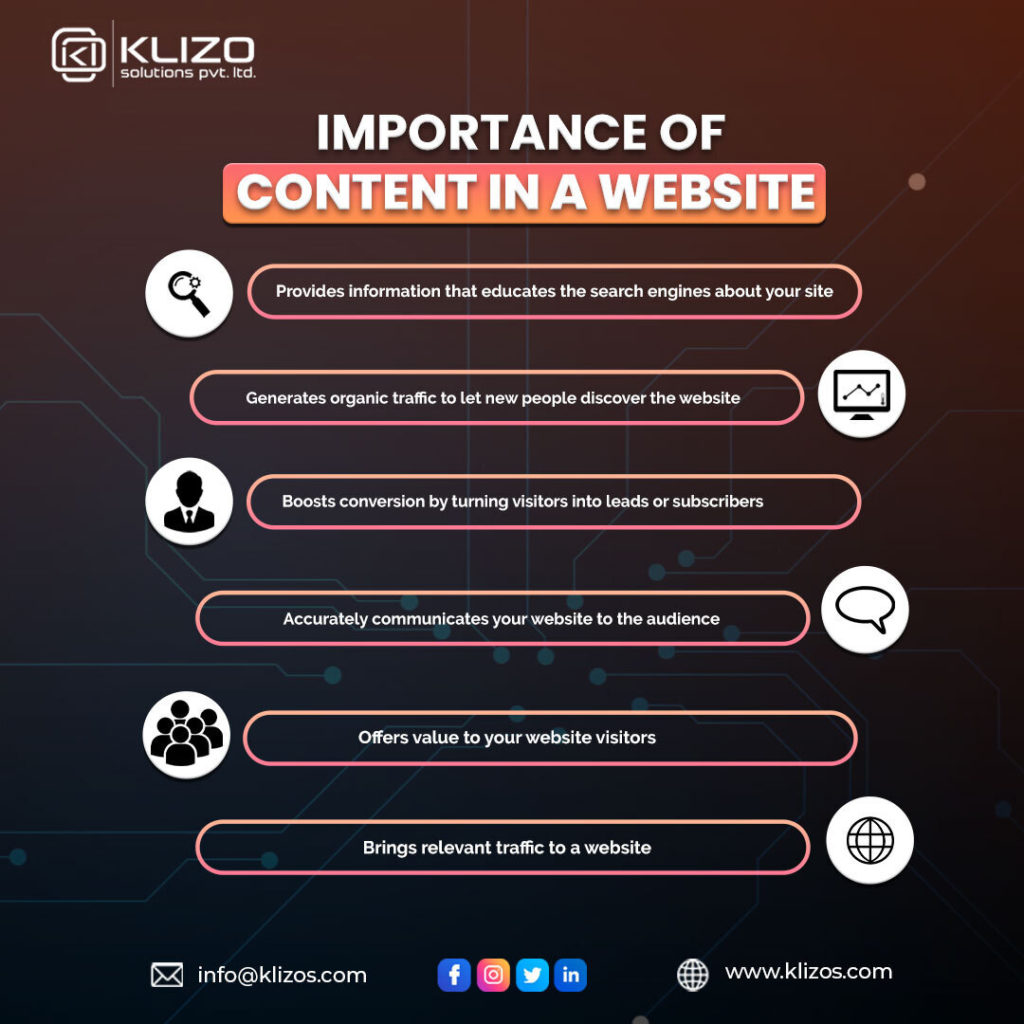
After all, what’s more important than ensuring that quality leads reach you when trying to find a solution to their problems or requirements online? Your website should be a powerhouse of blogs, articles, case studies, and resource pages that provide users with all the information they need to make a purchase decision.
7. Email newsletters
Email newsletters take advantage of interested leads by providing promotional, educational, and informative content in their email inbox. Email marketing is considered owned media as your subscriber base has consented to receive emails from you.
The RoI for email newsletters is much debated. However, data shows that 89% of marketers use some form of email communication for marketing. Successful email marketing campaigns ensure that frequency is maintained appropriately such that click-through rates are high while the risk of unsubscribing is low. Monthly and weekly campaigns are standard practices with email marketing.
8. QA platforms
Earned media channels like Quora and Reddit are a great way to improve popularity without spending much. While they don’t allow you to pay for promotions, they bring organic content shares that significantly improve virality.
Quora is a straightforward QA site where users can post or answer questions. Quora’s biggest USP is that if you’re searching for answers to a particular question, the site also shows you more “relevant questions” to help users navigate the site quickly to find what they need.
Reddit is a slightly more complex website to understand. The Reddit site uses a voting system to help decide the top posts of the day. These need not be questions per se but simply any post. Each post is organized into Subreddits that focus on a particular topic – from world news to labrador retrievers; there’s a subreddit for every topic you can think of. Admins can moderate each subreddit to ensure that posts, questions, and answers are up to the standard set by the subreddit creator.
9. Podcasts
Seen as a replacement for the radio when they first started, podcasts are a much more popular platform now than ever before. According to MusicOomph, podcasting now boasts 30 million episodes in 100 languages.
The great thing about audio content is that it keeps your user-base entertained during mundane chores like passing through peak hour traffic or doing the dishes. Everyone has time to spare to make do with the virtual company, and that’s where podcasting fits in. There are many ways to leverage podcasts for marketing. You can set up sponsored ads with podcasting influencers or have your own podcast. The easy in-between is to join talk shows relevant to your niche.
10. Native advertising
First introduced by the newspaper industry, native advertising seamlessly blends with existing informative content on a page to seem like it’s simply providing valuable insights to readers.
Native ads are paid ads that don’t look like paid content. The idea has now expanded beyond offline daily news media. You’ll be able to find native ads on online news sites, apps, and even famous magazines like Forbes. Here are a few examples of native ads.
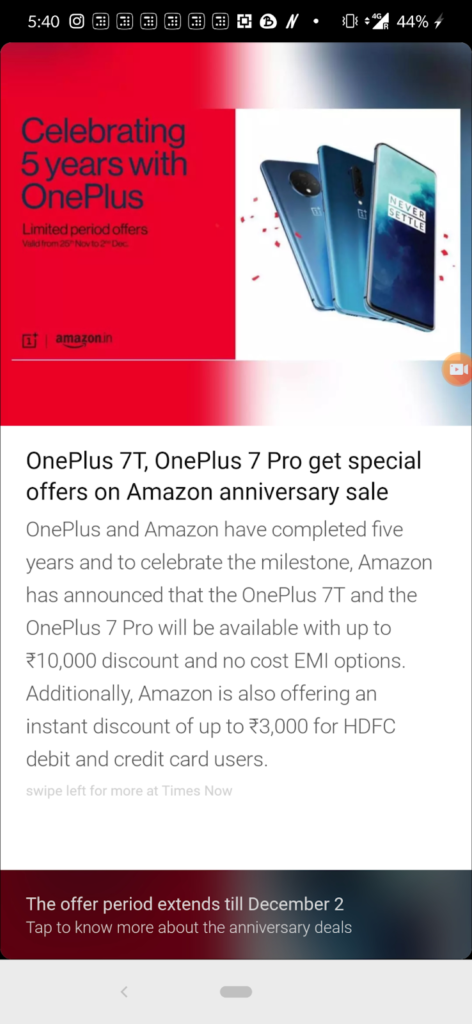
The above image shows a native ad for OnePlus on the Inshorts news app. The article is essentially a paid press story on the Times Now Media group.
Arguably, native ads cost far more than regular PPC ad content. But, they’re an effective means of communicating essential news about your brand or products to a large general audience.
4 Steps To A Successful Content Distribution Strategy
Now that you’re familiar with the top content distribution platforms available today, it’s time to start building a solid plan to make the most significant impact online with every piece of content you create.
1. Evaluate
Before you begin creating content, it’s essential to balance the time taken to create content and the budget available. On the one hand, it’s imperative that you keep abreast with competition and consistently push content across your chosen platforms.
Conversely, you must also plan which platforms deserve extra attention for paid marketing campaigns. Calculating the RoI based on these two factors combined can give you the best results.
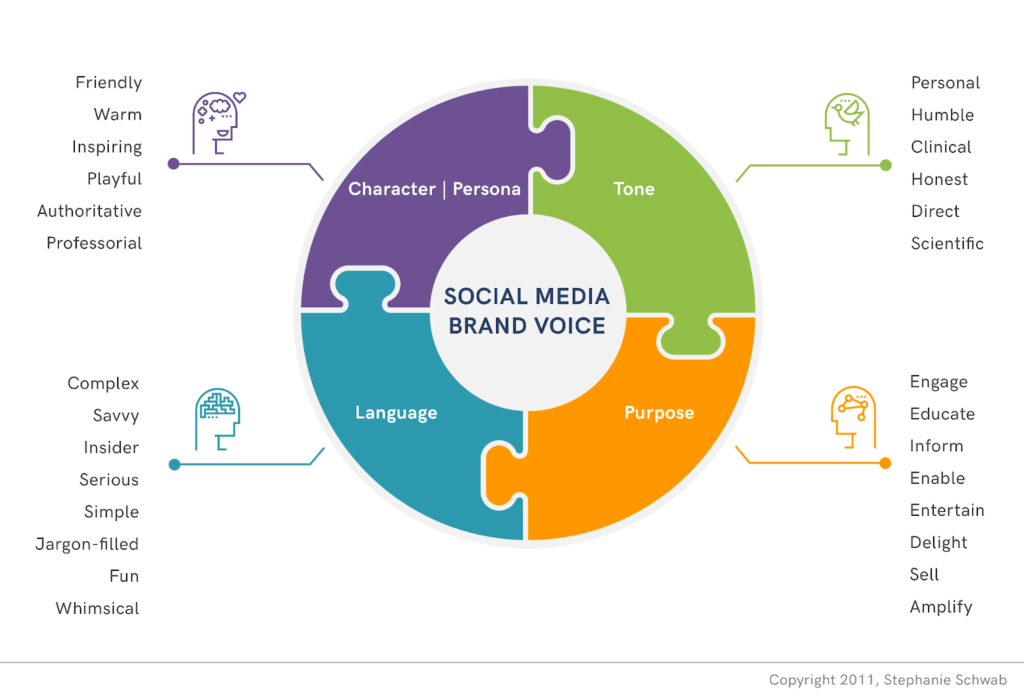
So, how do you decide the right balance for you? It’s simple. Listen and learn from your target audience. Today, it’s not uncommon for brands to cater to up to three brand personas. Evaluating where each segment of your target group spends time and how well your paid ads are doing on each platform can help you determine your action plan for content distribution.
2. Document
Once you have a clear picture, note down each platform’s budget and timelines. Also, visualize what creative work needs to be produced for your content distribution channels. Knowing how consistent you can be across each channel is also important.
Most importantly, be thorough with the brand voice you’re using with each channel. Determine how to match your brand persona with the primary TG of each channel without losing consistency across platforms.
Usually, brands plan out their content at least three months in advance. This helps ensure you make the most of known spikes in traffic like festival seasons.
3. Promote/amplify
It’s not enough to produce quality marketing content and hope it gets you traction. You ought to understand when your audience is most active on which channel. What time should you be posting that reel on Instagram so it can garner traction views within the first two hours?
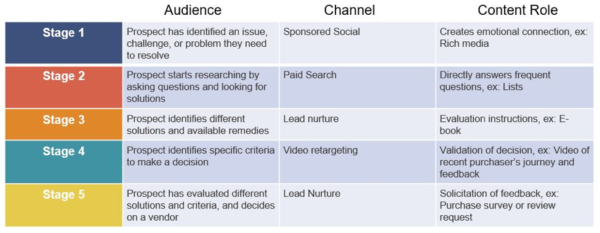
When promoting B2B content, it’s essential to ensure that you’re targeting the real decision-makers. Spending time and resources personalizing content for specific channels is crucial, especially paid marketing.
Another critical factor that can help you optimize the content production cycle is to recycle existing creative pieces into different formats. This is especially important for content that has performed exceedingly well. Content repurposing forms a critical part of SEO-based articles, too.
4. Audit
Tracking and analyzing your content distribution plan’s performance forms a significant aspect of continuously improving your content production cycles. It’s important to recognize what type of content performed well and which content distribution channels significantly contributed to generating quality leads.
Double down on what worked, and single out everything that didn’t. Next, you also need to set aside a marketing budget for reinvesting in the proper distribution channels for upcoming campaigns. Also, invest in opening up new channels that you think you may have missed out on. Set up a go-to-market strategy for upcoming products with this crucial information well in advance.

10 Tools To Help You Get Started With Content Distribution in 2022
Although most social media and search-engine content distribution channels cover everything you need to kick off and track and analyze your content’s performance, some tools can help you achieve significant parts of your marketing goals faster. This section discusses tools you can use to optimize your content distribution strategies.
1. HARO
Help A Reporter Out is an online platform that brings journalists closer to legitimate sources. You can sign up to be sent daily email queries from journalists, and if you respond to these queries, you may be quoted directly in an article on leading online or offline press. This helps you garner backlinks to improve your SEO performance.
2. Click to Tweet
Do your blogs include killer one-liners that people would want to tweet? Make it easy for them to share your quotes and refer to your piece using Click to Tweet. If you see results, identifying shareworthy one-liners will become a force of habit while creating blog content.

3. Buffer
Not sure when to post on any social media site? Let Buffer handle it for you. Buffer allows you to take control of post scheduling across all social media channels.
4. MeetEdgar
While repurposing existing content is one way to generate consistent posts, it’s also essential to regularly recycle or reshare evergreen content to help set up brand authority. Use MeetEdgar to give your best blogs the spotlight they deserve by resharing them regularly.
5. MailChimp
Make the most of your email subscriber list with MailChimp. The tool allows you to set up and automate email marketing campaigns and provides an easy-to-use drag and drop tool to build clever emails without too many resources. It’s highly recommended for small and medium-sized businesses.
6. SumoMe
SumoMe is a WordPress tool for list building, generating subscription boxes, and more. SumoMe also helps your readers share images from your blog posts quickly. This is especially helpful if you want to leverage the power of infographics in your content stream.
7. OnePress Social Locker
If you see that people spend a lot of time reading blogs on your site, don’t hesitate to ask patrons to share or retweet. Even better, you can lock some super-valuable content behind a “Share Wall.” OnePress Social Locker hides part of your content until readers share your post on social media. While using this, it’s best to be careful as it may significantly increase bounce rates on your site, but it’s a handy tool for content to go viral.
8. PR Newswire
Make it easy to share newsworthy content and build native advertising content using PR Newswire. The platform can help you make announcements to various news portals and gain traction with a large general audience.
9. List.ly
There’s no doubt that listicles garner more traction than any other type of blog post. Whether you’re an up-and-coming lifestyle blogger or a reasonably large brand, you can quickly use list.ly to create share-worthy lists relevant to the news cycle.
10. Peppertype.ai
This automation tool makes generating social media captions and blog post titles easy. The AI-powered platform offers a quick solution for generating high-quality content across various platforms.

Must-Dos For A Successful Content Distribution Strategy In 2022
Be it paid, earned, or owned media, there are a few must-dos to ensure that every platform you use co-exists and works in tandem to help your brand create impressionable experiences for your customers.
Here’s a checklist to ensure you successfully leverage each channel and content type’s value.
1. For SEO content
- Optimize one blog for one keyword. Select a primary keyword that your blog should focus on. Include it in images, alt texts, headings, subheadings, and meta descriptions to get maximum results.
- Choose your keywords carefully. Note that SEO works differently for paid, earned, and owned channels. Learn the rules for Google Ads, blog posts, and web content separately. Most importantly, pay attention to competitiveness and trends to balance quality and quantity appropriately.
- Make use of long-tail keywords. Long-tail keywords are made up of four to five words and have a particular search intent. They could also be in the form of a question. This allows you to create well-curated posts that bring very high-value traffic.
- Track & analyze: Perform content audits frequently and repurpose old content that has worked well.
- Ensure that brand blogs have an author. Build bios for various content authors. Work with agencies and ghostwriters who don’t need you to credit the actual author but provide top-quality SEO-optimized content.
2. For social media
- Make scheduling tools your best friend. Scheduling tools are your go-to for handling social media posts to maintain consistency. Hootsuite and Jetpack are some of the most popular tools for the job.
- Sprinkle share buttons everywhere. In today’s online world, people must be able to find you online on the platform of your choice. From business cards to blog posts, add your socials in as many places as possible.
- Custom profile descriptions: Brand presence needs to be tailored to the channel’s demographics. The first step is ensuring that your LinkedIn, Twitter, and Instagram bios aren’t the same. Keep LinkedIn professional, give your Twitter bio a brand twist, and ensure that Instagram is friendly and pleasant.
- Leverage the power of communities. Facebook Groups, Quora Spaces, Subreddits, and more can quickly bring you closer to precious leads. Spend a part of your marketing budget to create community-friendly content.
3. For third-party and syndicated posts
- Always retain the rights to your content. Platforms like Medium allow you to get around Google’s duplication block and help you repurpose content quickly. However, note that this is to gain traction with your blog. Never give that right away.
- Include internal links. One way to ensure that your website gains footfall is by including internal links to other blogs on your site. This helps SEO and allows users to bounce directly from sites like Medium to your website without having to search for you or your brand online.
For PPC and sponsored campaigns
- Promote high-value organic content instead of sponsored posts. Keep your budget flexible so you can promote any organic content that especially resonates well with the audience that already follows your brand. Remember that engagement is the objective.
- Leverage the value of lead magnets. Give away free resources like eBooks, webinar slots, and more to ensure you gain quality leads with your paid and sponsored ads.
- Test your custom audiences. Don’t stick to a single formula when selecting the target audience. Test the algorithms, build customer profiles, and use lookalike profiles to understand which demographics work well for the content distribution channel.
- Make ad-specific landing pages. Write ads keeping in mind a target audience and build a landing page on your site specifically for them. A landing page typically should appear like the homepage of your site.
To Summarize
This ultimate content distribution guide helps you leverage all available online outlets to maximize your marketing RoI. Unfortunately, most brands make the mistake of giving up control to one platform, so they’re helpless if it malfunctions.
You may see a significant downfall in revenue unexpectedly if you, too, are making this mistake. Diversify and get down to the nitty-gritty of numbers and analytics so you can be sure you’re not missing out on any opportunities.
Still not convinced? If you want to know content distribution and its significance, think about this. Figure out why luxury jewelry brands, like Tiffany & Co., which thrive during the wedding season, have an active LinkedIn profile. Is it just for hiring? Why does a video-streaming platform like Netflix spend its marketing budget on blogs?
You can never be sure what content distribution can bring to you unless you try, track and test!
Key Takeaways
- A diversified content distribution strategy is the key to optimizing every digital marketing campaign.
- It’s not only essential to match your audience to your content for building brand awareness, but you should also match your audience with their preferred content consumption platform.
- Make the most of owned media because it’s all yours. You make the rules.
- Never underestimate the power of earned media. You can never plan when your posts go viral, but you can continually optimize content for virality.
- Monitor and analyze paid content distribution channels to know more about your audience.
- Ensure that SEO and social media work hand in hand to promote each other.
- Build a comprehensive content calendar that can help you track all content distribution channels simultaneously.
- Invest in content distribution tools to maximize your reach.
- Don’t forget to repurpose, reshare and recycle your top-performing content.
- Last but not least, keep things consistent across all platforms.

FAQs
Exploring, analyzing, and testing various media platforms can help you distribute content effectively.
There are multiple types of content that you can create before building a content distribution strategy. This includes blog posts, email newsletters, website content, and social media.
The answer depends on where your target audience spends most of their time. It also depends on the niche and whether your brand provides B2B or B2C products and services. Most importantly, it’s important to distribute content across various platforms to get the best results.
A content distribution strategy helps you determine which platforms you need to post your content on and at what pace to get valuable leads for your brand. It also enables you to understand how you can budget your content marketing plan effectively. Note that content distribution is different from a content marketing strategy.
Content distribution platforms are where your leads visit to find your content. This could be anything from your website or Facebook account to the local newspaper.
Apart from posting blogs on your website, you can use syndication sites like Medium to distribute blog content. You can also share valuable snippets from your blog on social media sites like LinkedIn and Twitter. Lastly, you can post guest blogs on other non-competitor sites and send out or promote your blogs in email newsletters.
Latest Blogs
Explore how Google’s 2025 AI search updates triggered ranking chaos. Learn actionable strategies to adapt your SEO for AI Overviews, zero-click searches, and SERP volatility. Stay ahead now.
Learn how to rank on AI search engines like ChatGPT, Perplexity, and Gemini by optimizing your content for authority, structure, and relevance. Stay ahead in AI-driven search with this strategic guide.
Explore the best healthcare SEO services for your medical practice. Improve online visibility and effectively reach more patients in need of your services.


